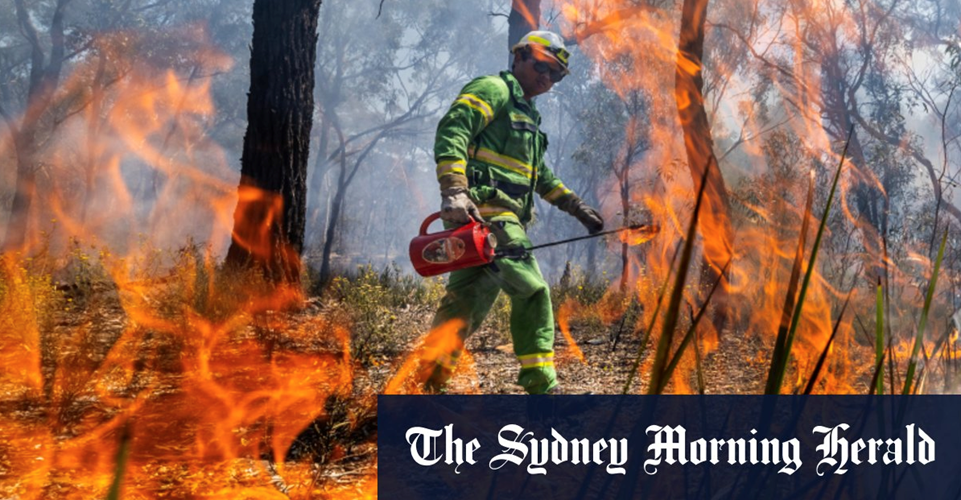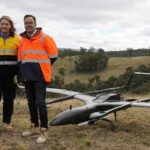Three years of La Nina events have fuelled vegetation growth across Victoria, but this has dried out rapidly over the past few months due to record-breaking dry conditions and warmer-than-average temperatures.
Victoria’s Country Fire Authority deputy chief officer, Alen Slijepcevic, said that last year about 7000 hectares were burnt in bushfires, but this year, about triple that figure has been burnt. In 2019 and 2020, blazes ravaged 1.5 million hectares.
This year’s fire season is slightly different to that of 2019/20 because the main threat is from grass fires, spurred by three years of heavy rains and grass growth. “We are talking about the first year in the drying cycle: every year has the potential for worse fires. Fire is dynamic and depends on climate conditions and weather conditions. Things can change.”
Since 2019, authorities have sought new ways of tackling bushfires through advanced technology, such as through drones and new fire modelling systems propelled by AI. One project being developed by Carbonix and ANU’s Bushfire Centre of Excellence will help create predictive models that establish areas most likely to burn after an electrical storm and map areas that are at high risk of blazes.
Carbonix chief executive Philip van der Burg said the use of drones was a game-changer for bushfire management, helping to identify and protect people near bushfires as well as allowing for aerial data capture. “If emergency services have a very accurate understanding of what’s happening, at all times, on the ground, they can make better decisions and act more quickly,” he said.
Read the full article here: https://www.smh.com.au/environment/weather/how-this-year-s-bushfire-season-is-different-from-black-summer-20231214-p5ermf.html







